Four Practical Tips for Buyer Engagement During Your First Meeting
I’ll share four practical tips that you can put into practice on your next sales presentation. Adopt these top dos and don’ts to keep buyers engaged:
- Don’t sell with slides on a discovery call.
- Apply the proper use of content and design.
- The “presentation” of your presentation is critical.
- Stories make the best pitch!
The days of sellers long-winded monologuing and boring slide decks are long gone.
A successful sales presentation requires time and attention to the buyer’s problem. On the first discovery call, it is a conversation and NOT a presentation. Once you understand the buyer’s problem, you incorporate that knowledge into your sales presentation. The goal is to translate your product’s value through content and design to address the buyer’s pain points while keeping them engaged the entire way through. A successful sales presentation is a confluence of your prospect’s story and your product’s story being the same.
Originally published on Vendor Neutral’s The Neutral Zone Sales Blog.
Bio
Erik has 25+ years of experience in the software industry. He spent 8 years at Constant Contact as Director of Products (2008 – 2015). Prior to Constant Contact, Erik was the founder and CEO of e2M Systems which was acquired by Constant Contact in May 2008. He started his career at IBM in Boca Raton, Florida working a total of 11 years in OS/2, Global Services, and IBM Corporate. Erik earned an MBA from MIT Sloan and Masters in Civil Engineering from Florida Atlantic University.








